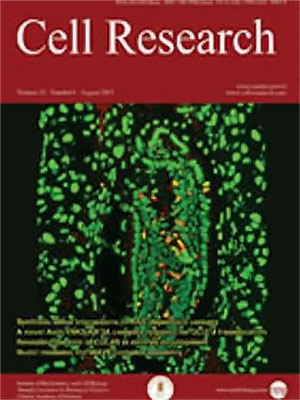Volume 3 Issue 1, January 1993: 49-60
ORIGINAL ARTICLES
A novel system for Agrobacterium-mediated transformation of wheat (Triticum aestivum L.) cells
Yao Xu1, Baojian Li1 and Jingfen Jia2
1Biotechnology Research Centre, Zhongshan University, Guangzhou 510275.
2Department of Biology, Lanzhou University, Lanzhou 730000, China.
Correspondence:
A new approach for transforming the cultured cells of wheat (Triticum aestivum L. cv. Ganmai 8) was developed using Agrobacterium tumefaciens. The features of the optimum procedure were: (a) both combined synthetic signal molecules and multiple natural extracts from susceptible plants were used to pretreat the primary vigorous Agrobacterium (PVA) cells for approximately 16 h; (b) the gyratory magnetic field condition was used during cocultivation; (c) the cocultivating period and selecting condition were modified; (d) the recipient cells were at exuberant metabolism and active division while infected with Agrobacterium. Both neomycin phosphotransferase and nopaline synthase assays demonstrated the expression of NPT II and NOS genes, located on the T-DNA segment of chimaeric plasmid pGV3850::1103neo, in transformed wheat cell colonies by adopting the techniques of dot blot, ndPAGE or high voltage paper electrophoresis. Integration of the foreign genes into wheat genome was confirmed by Southern blot hybridization. Moreover, a relatively rational method was described for the estimation of transformation frequencies from cultured cell levels.
Cell Res 3: 49-60; doi:10.1038/cr.1993.6
FULL TEXT | PDF
Browse 2247


